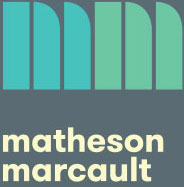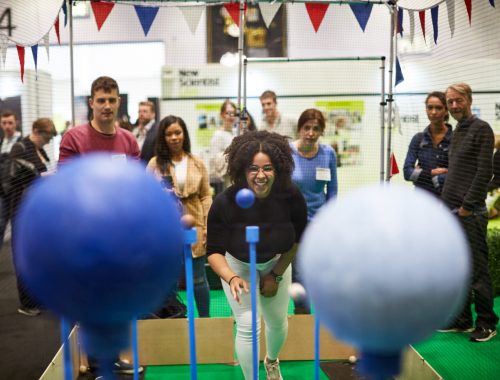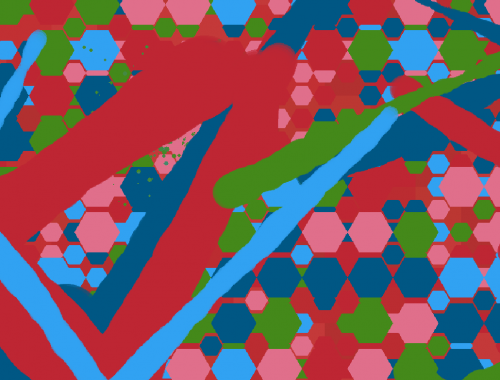As part of our research project for the King’s College London Arts and Humanities Festival, we’ve been interviewing different curators, designers, artists and architects about playful work for public space. This interview is with Sarah Brin, a writer, curator and public speaker who has a history of working with public space, new media, artist-made games, digital fabrication, public spaces, and participation. Among other things she’s been the Public Programs Manager at Autodesk’s Pier 9 Workshop, curated game exhibitions, and written extensively about games, play, and art.
The image above shows her with Sports!, an arcade cabinet she curated for Cooperative Gaming Co-Op at the Zero1 Biennial in San Jose.
US: You’ve created or curated a lot of work where you’re asking people to do something that wouldn’t normally be expected in that environment – so, games in visual arts contexts, say, or your art exhibition on a subway train. I’m curious about how you help people understand what’s being asked of them, and that a particular action is permitted in a space where it might not usually be allowed. Any particular tips or tricks?
SARAH: Every situation has different nuances, but I find that generally the best way is to just talk to people. For example, in an art museum, if I were to install a game alongside maybe some paintings or other non-touchable art, I’d make sure there was a chair to sit in, or a controller on a pedestal in front of a screen, preferably with some “it’s okay to touch!” signage. I’d watch how people interfaced with the work, and then, depending on the response, I’d modify how the work was presented. It can be really nice to have an in-gallery “Dungeon Master” to ask things like “do you want to play a game?” or “did you know you can touch this?” or “did you know that the artist made this entirely out of toilet paper?”
For the subway project, a lot of people thought it was an officially sanctioned thing we did with permission from the Bay Area Rapid Transit (BART) Authority, which was kinda cool. (But we definitely did not have permission and I was very worried about getting arrested for vandalism or being a public nuisance! When the exhibition was up, a cop walked onto the train and asked “Did you guys put up an art show on here?” When we sheepishly copped to it, the officer just looked at it, shrugged, and walked off the train.) I think spaces generally have their own built-in, implicit rules that people will usually not challenge without explicit encouragement, so I think that people on the subway generally were of the mindset that the subway is a place where you don’t talk to people or stare at anything, and that’s kind of what happened. But we weren’t really asking for active engagement, we were just kind of hoping that people would look at a thing, which they did. And it’s better than subway ads. We did offer people cheese, though.
But really, in short, extending an invitation for the audience to do a thing, whether through iconography (like the stick-on vinyl “BART Gallery” labels we made, or “please touch” stickers) or actual words, is good.
US: And you worked with a few different teams on their work for the Market Street Prototyping Festival, coaching groups through their prototyping process. What does it mean to coach someone through prototyping?
SARAH: Yeah! The Exploratorium has a really good ideation process that I have borrowed after working on a couple projects with them, and it basically involves putting a lot of ideas on post-its and then asking people with similar post-its to group them together and self-identify people with similar interests, project goals etc. And you usually find that people respond with similar, or at least harmonious, responses to creative prompts. So that’s a way to generate ideas and also project teams.
A lot of the prototype coaching involved linking project teams to appropriate resources, like software evangelists to help with particular modeling challenges, or finding someone who could 3D print something, as well as asking really practical questions like “where is your electricity going to come from” and “you know someone is going to try to sleep on this, right?”
Also, a huge part of it was just encouraging teams to spend a lot of time in the actual spaces they’d be installing in and to do as many “dress rehearsals” as possible, etc.
US: Are there any mistakes you see being made repeatedly in prototyping public work that you try to head off?
SARAH: I wouldn’t really call this a mistake, but people often have really lofty and grand ideas and underestimate how much time it takes to do a thing. So, encouraging early-career creators to narrow their scope is always generally a good idea. Feature creep is a real thing.
What sort of observations of prototypes would you encourage to help people develop work futher?
SARAH: Definitely spending time in the installation site and observing things like weather, commuters, behaviors, adjacent vendors, delivery schedules, busy times, slow times, etc. That’s all practical stuff.
I think conceptually, it’s a lot trickier to encourage people to have more complex ideas. I think it’s very easy in some regards for a creator’s objectives to simply be to delight and inspire the public, which are very legitimate and important goals. But I feel like really really good public projects will take things a step further. Like one of my favorite projects, Smaller and Upside Down by Robb Godshaw and Max Hawkins, has this really amazing lensing technology, but then there’s also this social component to it, and the different types of lenses have different effects, and then there’s who fascinating way people integrate technology and social media into their experience of the piece.
It can be hard to push people towards richness in their projects. But I think it’s possible, and part of that involves asking strategic questions about creators’ motivations and their personal experiences and dreams as they relate to public spaces.
US: Do you find that people with a games background and people with a visual arts background tend to have different approaches to getting people to engage with their work, especially in public spaces? Obviously there’s a lot of variation within the fields but I’m curious, I guess, about whether you feel there are generalisable distinctionsbetween them as well.
SARAH: I know this is not your question, but I see a big overlap between games people doing good work in public space and visual artists working with performance, participation and community-oriented practices. They’re generally using the same invitational, empowering, and provocative strategies.
There are certainly game designers who are bad at activating people in public spaces, just like a painter would probably be bad at activating people in public spaces, because that’s not the focus of their craft. But the game designers working with public participation are generally familiar with the strategies employed by their “cousins” who identify as artists doing similar work, and vice versa. For example, I recently collaborated with two choreographers the other week on a physical games project, and I was so surprised by how we were very much in sync with our methods. Dialogue, improvisation, and exchange are all really key.
US: And – again thinking mostly about work in public space, or ambiguously public spaces like galleries – are there any games that you wish more visual artists knew about, or work by visual artists that you wish more games people knew about?
SARAH: Mostly I just wish that both artists and game designers knew that artists have been making games for thousands of years, and that the definition of what a “game” can be is so flexible. I’d also like both groups to know about discourse surrounding some participatory/performance pieces that are very playful in nature, and that they emphasize experience as artwork (rather than objects), but these are hard to document, and subsequently, they can be hard to document, historicize, or talk about. Some art projects I find myself referring to constantly when talking to game designers include Oldenburg’s “The Store,” Barry Le Va’s “Shatter Scatter,” Rirkrit Tiravanija‘s work with food, Fletcher and July’s “Learning to Love You More,” Yoko Ono’s “Cut Piece,” and Kazuo Shiraga’s foot paintings.




